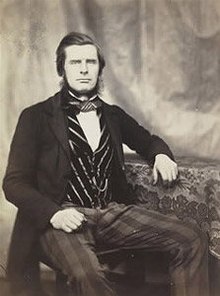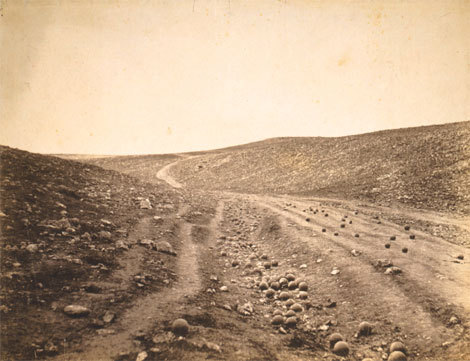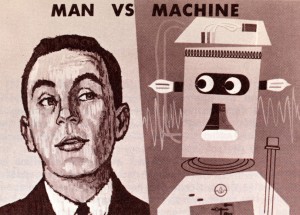The Andy Warhol page on Wikipedia has 100 citations that vary from newspaper articles (such as the Economist), magazine articles (such as The New Yorker), commercial websites (like warhola.com, which does not identify the site’s author), publications from universities, museum and gallery websites and commercial publications (such as Bantam Books). With such a broad scope of sources, the Wikipedia article would have to be dissected piece by piece in order to find out what is accurate information. For example, sentences ending with a citation from a website like warhola.com may not be as accurate as a sentence with a citation from the University of Toronto Press written by a history PhD.
Under the “talk” tab of Andy Warhol’s Wikipedia article, it states “Andy Warhol was nominated as a good article in the category but did not meet the good article criteria at the time. There are suggestions below for improving the article. Once these are addressed, the article can be renominated. Editors may also seek a reassessment of the decision if they believe there was a mistake.” Some of the comments made under this statement are people who seem to have fact checked certain bits of information and have given legitimate sources to back their claim against the sources used to back the fact in question. These comments are as recent as September 2, 2011 so it is a little curious that the article has not been renominated as a “good article” yet. The lack of conversion can either point to a loss of interest in improving the article or a general consensus that it has fulfilled the “good article criteria”.
According to the history of the article, however, revisions have been made as recent as earlier today. The revisions are very small, which is possibly why they have not been discussed on the “talk” page. Looking at the page as of May this year, it is clear that many changes have been made, such as removing some sections that didn’t have citations and editing other sections or moving them about to make the article clearer. Many of the people listed have made several revisions over time, which indicates that they are keeping an eye on the article and checking any new information that is posted. As a result, the Andy Warhol Wikipedia page seems pretty sound as a whole but as with any article, the references for specific bits of information should be checked.






